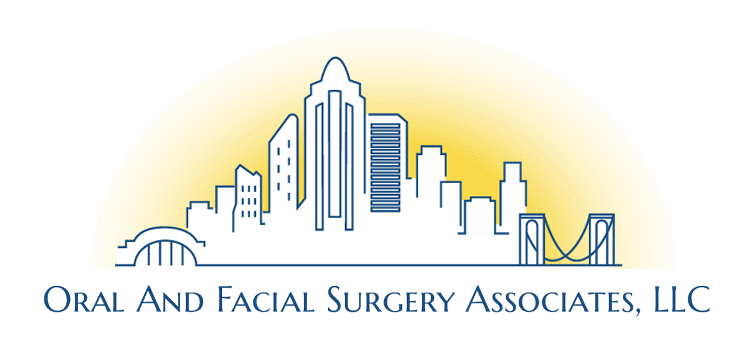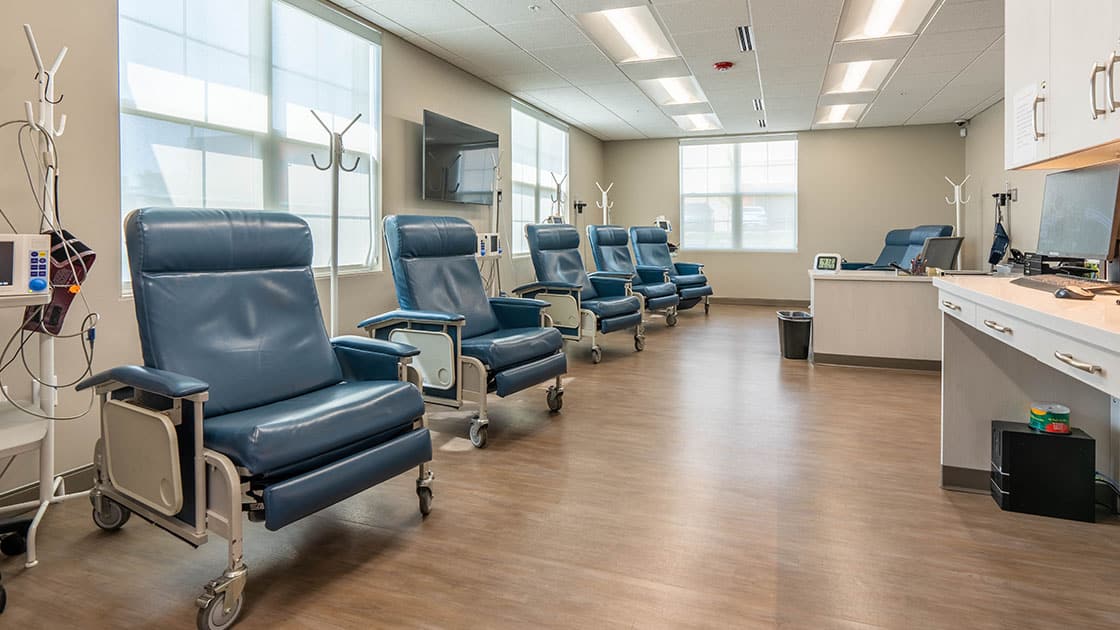
As a comprehensive oral and maxillofacial surgery practice in Cincinnati, Oral and Facial Surgery Associates, LLC provides treatment for dentoalveolar trauma, pre-prosthetic surgeries, and oral pathology. To schedule an appointment, call 513-791-0550.
Dentoalveolar Trauma
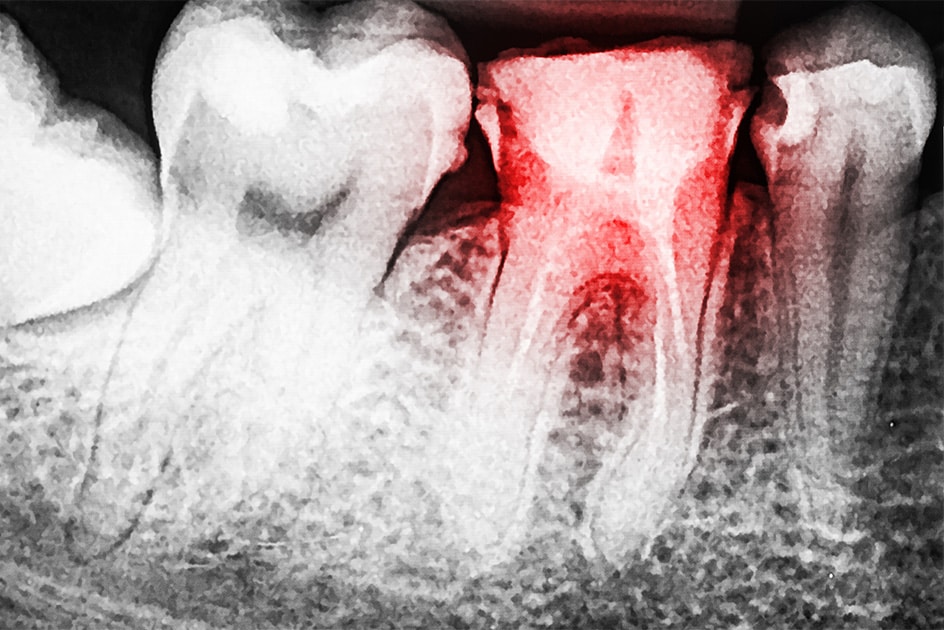
Dentoalveolar trauma is the technical term for injuries to the teeth, jaw, and supportive soft tissues. Dentoalveolar trauma often results from sports injuries, falls, direct impact to the face or jaw, and vehicular accidents. Trauma to the teeth or jaw can result in injuries ranging from avulsed teeth (knocked out teeth) to dislodged or loose teeth (luxation), to teeth that have been forcefully pushed into the socket (intrusion). Trauma may also result in a broken or dislocated jaw or lacerations to the soft tissues (cheeks, gums).
Pre-Prosthetic Surgery
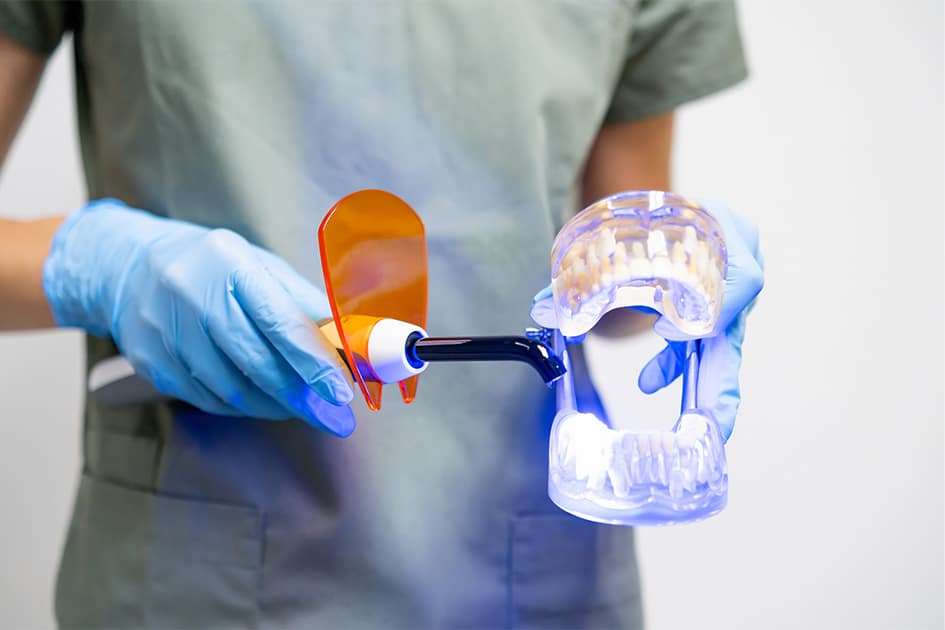
Pre–prosthetic surgeries provided by Oral and Facial Surgery Associates include all procedures necessary to prepare patients for dental implants or implant-supported restorations such as dentures or implants. Pre-prosthetic surgeries may be necessary to smooth or reshape the alveolar ridge, remove excess bone, extract teeth, or strengthen the jaw bone (grafting).
Oral Pathology
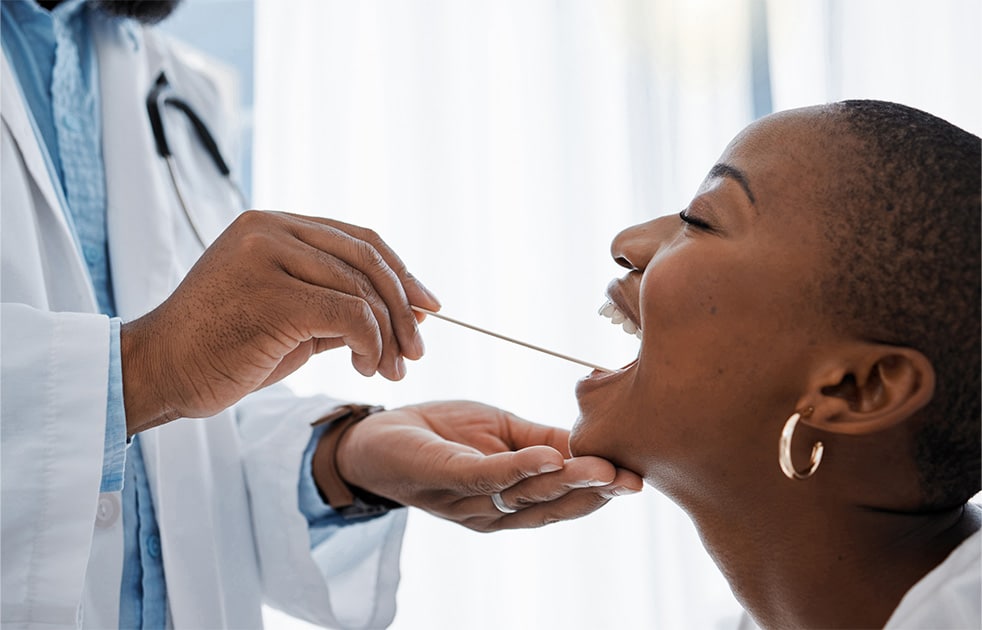
Oral pathology procedures provided by our expert oral surgeons include biopsies and benign tumor and lesion removal.
Benefits of Oral Surgery Procedures
Treatment for dentoalveolar trauma, pre-prosthetic surgeries, and oral pathologies are all necessary oral surgery procedures to diagnose, restore, repair, and treat a variety of oral health problems.
- Removal of irreparably damaged teeth to prepare for restorations
- Strengthening the jawbone in anticipation of dental implants
- Diagnosing changes in tissue
- Removal of noncancerous lesions and tumors
- Shaping and preparing the jaw for tooth restoration
- Repairing a broken jaw
Why Choose Oral and Facial Surgery Associates, LLC?
Oral and Facial Surgery Associates, LLC has served as a beacon of excellence in oral and maxillofacial surgery for more than 35 years. Our three oral surgeons have elected to pursue board certification, signifying a dedication to extensive training, education, and examination.
Our practice puts patient safety at the forefront of our operations. We recertify our office in Office-Based Emergency Airway Management (OBEAM) each year. In addition to our oral surgeons, our team includes a Registered Nurse, and all of our surgical assistants hold credentials from the Dental Anesthesia Assistant National Certification Examination (DAANCE).
Our practice is equipped with the latest in advanced oral surgery technology, and members of our team are fluent in English, Spanish, and Turkish.
Additional Procedures
An impacted tooth is a tooth that fails to fully pass through the gums.
Impacted wisdom and cuspid (or canine) teeth are fairly common. To correct impacted teeth, there are a few treatment options. For impacted wisdom teeth, the most common procedure is extraction. For impacted canine teeth, several treatment modalities are available. Orthodontics (braces) can be used to open space for proper eruption. Primary (baby) teeth can either be extracted or surgically exposed to allow for the placement of an orthodontic bracket to help align the teeth.
A tooth that can not be saved with restorative materials may need to be removed. First, the area will be numbed with anesthesia. The tooth is then loosened with a special dental instrument known as an elevator. After the tooth is loosened from the socket, it is removed. Stitches may be necessary after the removal of a tooth.
Platelet Rich Growth Factors and Platelet Rich Fibrin are a form of mixed gel that can be applied directly into tooth sockets and other sites. Placing this material in tooth sockets after tooth extractions can improve soft tissue healing and positively influence bone regeneration. These techniques offer a new approach to tissue regeneration. PRP derives from the centrifugation of a patient’s own blood and contains growth factors that influence wound healing. This is important in tissue repairing mechanisms. The use of PRP in surgical practice could have beneficial outcomes, reducing bleeding and enhancing soft tissue healing and bone regeneration.
Frequently Asked Questions about Oral Surgery
Schedule a Consultation at Oral and Facial Surgery Associates
To schedule an appointment, or if you were referred to our practice by your dentist, call 513-791-0550.
